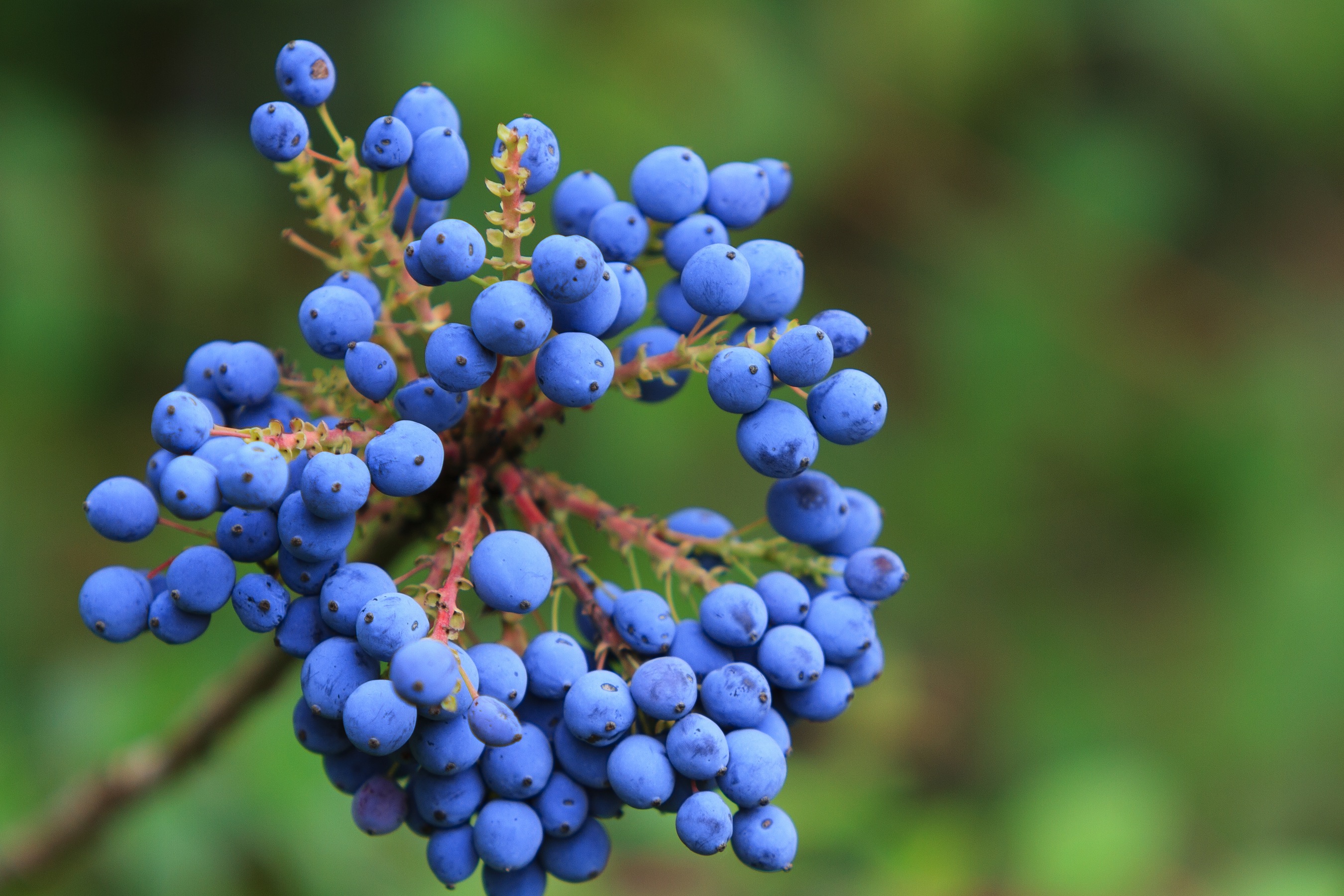First binational blueberry council established between U.S. and Peru
Executives representing top blueberry producing, packing, exporting and importing companies in the United States and Peru announced the establishment of the first binational council of its kind for the blueberry category, the U.S.-Peru Blueberry Council.
The council’s primary purposes will be to create and facilitate cooperation, trade and investment between both industries, and to promote and obtain the necessary approvals to increase new market-access opportunities between both countries.
This landmark council is comprised of the top U.S. and Peruvian blueberry growers, packers, exporters and importing companies, such as Naturipe and Driscoll’s in California, North Bay Produce in Michigan, and Camposol, Talsa and ProArandano in Peru. Brian Bocock, vice president of product management at Naturipe and Miguel Bentin, president of ProArandano will serve as co-chairs.
The council will start its work by concentrating on mutually complementary strategies for increasing the consumption of blueberries and further enhance bilateral market-access of fresh blueberries and plants.
For example, the U.S. Department of Agriculture’s Animal & Plant Health Inspection Services and its Peruvian counterpart, SENASA, are developing new ways of improving bilateral phytosanitary measures to improve the market access of Peruvian blueberries to the U.S. and U.S. plants to Peru. The council’s first order of business will be to support the development of such phytosanitary initiatives at a bilateral level.
“The global demand for one of the most popular superfoods in the world, fresh blueberries, is increasing at an unprecedented rate, especially in the U.S., which in 2015 consumed 455 million pounds, up from 396 million pounds in 2014,” Bocock said.
“The USPBC is the first binational council of its kind for the category,” Bentin added. “It will play an instrumental role in furthering the ever-so-important bilateral relation between the U.S. and Peruvian blueberry category by supporting ways of importing and exporting blueberries and plants to and from the U.S. and Peru.”
03/15/2016
The Produce News







